Optical brightening agents (OBAs) are essential additives used to enhance the brightness, whiteness, and overall appearance of materials across a range of industries, including textiles, plastics, and paper. By absorbing ultraviolet light and re-emitting it as visible blue light, OBAs give treated materials a brighter, cleaner look. This article delves into the various types of OBAs, categorizing them by their unique chemical compositions and specific applications, from brightening fabrics to improving the visual quality of plastic products. Additionally, it provides valuable guidance on selecting the most effective OBA based on your production needs, helping manufacturers make informed decisions that enhance product quality and customer satisfaction.
1. Overview of Optical Brightening Agents (OBA)
Optical brightening agents, commonly known as optical brighteners or fluorescent whitening agents (FWAs), are specialized compounds designed to enhance the visual appeal of materials. These agents work by absorbing ultraviolet (UV) light—light that is invisible to the human eye—and re-emitting it as visible blue light. This process effectively alters the way the human eye perceives color, resulting in an overall appearance of increased brightness and reduced yellowing.
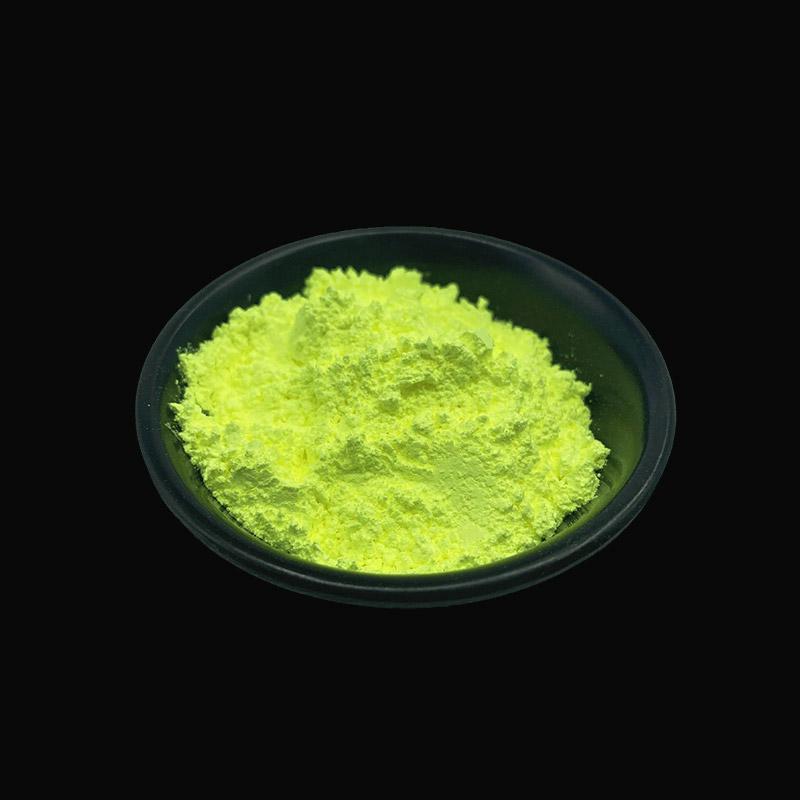 Optical brightening agents commonly known as optical brighteners or fluorescent whitening agents.
Optical brightening agents commonly known as optical brighteners or fluorescent whitening agents.
OBAs have become a vital component in various industries, including textiles, plastics, and paper. They not only enhance the aesthetic qualities of materials but also improve the perceived quality and value of the finished products. By counteracting yellowing and enhancing brightness, OBAs contribute significantly to the overall appeal of goods, making them more attractive to consumers.
The mechanism behind OBAs lies in their chemical structure, which allows them to absorb UV radiation and convert it into visible light. This optical effect is particularly useful in applications where maintaining a clean and bright appearance is essential. As manufacturers seek to meet increasingly high standards for product aesthetics, the use of OBAs continues to expand, making them a key focus in the development of new materials and formulations.
2. Types of OBAs by Chemical Composition
OBAs are formulated using various chemical compositions, each designed to cater to specific industrial applications. The main types of OBAs classified by their chemical composition include:
2.1. Stilbenes
Stilbenes are among the most widely used OBAs due to their strong brightening capabilities and cost-effectiveness. These agents are particularly effective in the textile and paper industries, where their high fluorescence and affordability make them ideal for large-scale applications that require consistent and bright whiteness.
Stilbenes absorb UV light and emit it as visible blue light, significantly increasing the perceived whiteness of materials. Their versatility allows them to be utilized in a wide range of formulations and conditions, making them suitable for textiles ranging from natural fibers like cotton and wool to synthetic fibers such as polyester and nylon. However, their effectiveness can vary based on the substrate and processing conditions, so careful formulation is key to achieving the desired results.
Stilbenes are also recognized for their high stability, allowing them to maintain performance over time. This stability is particularly valuable in applications where products are exposed to light and moisture, ensuring that the brightening effects do not diminish with repeated use or laundering.
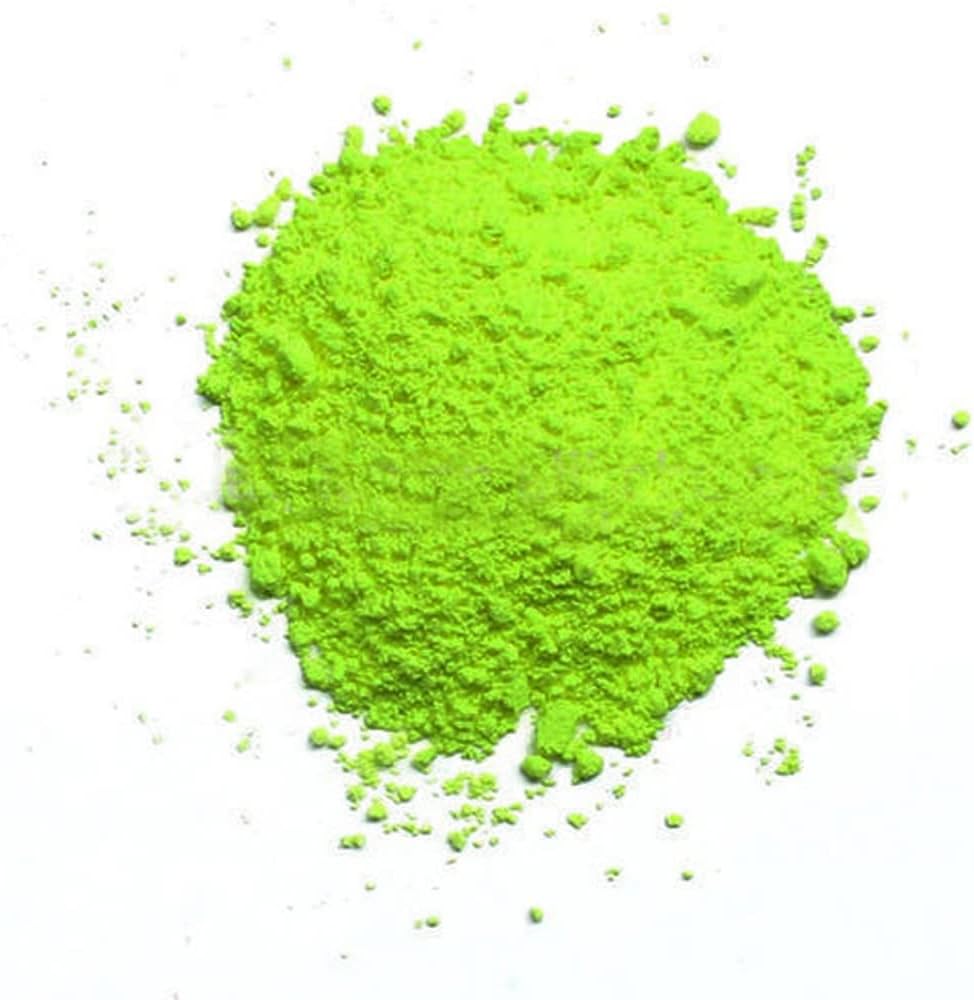 Stilbenes are among the most widely used OBAs due to their strong brightening capabilities and cost-effectiveness.
Stilbenes are among the most widely used OBAs due to their strong brightening capabilities and cost-effectiveness.
2.2. Coumarins
Coumarins are another important category of OBAs, known for providing a high level of whiteness and brightness. These agents are often favored in cosmetics and cleaning products where a softer, radiant finish is desired. Coumarins absorb UV light and emit it as visible light, contributing to a fresh and bright appearance in products such as skincare items, lotions, and personal care formulations.
While less common in textiles, coumarins are invaluable in the cosmetics industry, where their chemical composition enhances the brightness of creams, powders, and other beauty products. Additionally, the use of coumarins can impart a pleasant fragrance, further adding to their appeal in personal care applications. Manufacturers appreciate these agents not only for their brightening abilities but also for their contribution to the sensory experience of the products, making them an attractive option for brands focused on quality and aesthetics.
2.3. Benzoxazoles and Benzimidazoles
Benzoxazoles and benzimidazoles are OBAs that are preferred for applications demanding durability, particularly in textiles and plastics that may undergo frequent washing or exposure to light. These agents are known for their resilience, offering long-lasting brightness that resists fading over time. This durability makes them especially suitable for items where maintaining consistent whiteness is essential.
The unique chemical structure of benzoxazoles and benzimidazoles enables them to withstand harsh conditions, including high temperatures, mechanical stress, and the effects of washing. As a result, they are often found in products such as outdoor textiles, automotive fabrics, and packaging materials that require a prolonged aesthetic appeal.
Furthermore, the choice between benzoxazoles and benzimidazoles can depend on the specific application. Benzoxazoles may provide slightly different optical characteristics compared to benzimidazoles, affecting how they interact with different substrates and environmental conditions. Manufacturers often conduct tests to determine the best fit for their specific requirements.
Each type of OBA offers unique benefits suited for specific applications, adding both functional and aesthetic value to a wide array of products. The ongoing research and development in the field of OBAs continue to yield innovative formulations that meet evolving market demands.
3. Types of OBAs by Application
OBAs are versatile compounds that enhance the visual appeal of products across multiple industries. Below is an overview of how OBAs are applied based on specific industry requirements.
3.1.Textile Industry
In the textile industry, OBAs play a crucial role in improving the brightness and whiteness of fabrics, giving them a cleaner, more vibrant appearance that appeals to consumers. OBAs are commonly applied to fabrics such as cotton, wool, and synthetics, helping manufacturers meet the high aesthetic standards expected in the textile market.
For longevity, it is essential that the OBAs used in textiles are durable enough to withstand washing cycles and prolonged exposure to sunlight. The selection of the appropriate OBA is vital, as some agents are more suited for specific types of fabrics or colors. Additionally, manufacturers often seek OBAs that are compatible with other dyes and finishes used in the textile industry to ensure uniform results across various applications.
The textile industry's reliance on OBAs is not only for aesthetic enhancement but also for functional benefits. By improving the whiteness of fabrics, OBAs can also enhance color retention, allowing dyes to appear more vibrant and true to their intended shades. This dual benefit makes OBAs an indispensable component of modern textile manufacturing.
 OBAs play a crucial role in improving the brightness and whiteness of fabrics.
OBAs play a crucial role in improving the brightness and whiteness of fabrics.
3.2.Paper Industry
OBAs are extensively utilized in paper production to enhance the whiteness and brightness of paper, particularly in high-quality products such as printing paper, packaging, and tissue products. The application of OBAs enables manufacturers to achieve a professional, eye-catching finish that is highly valued in both consumer and commercial-grade paper products.
Improved whiteness adds a premium look that is especially desirable in advertising, printing, and luxury packaging. The integration of OBAs in paper products not only enhances visual appeal but can also improve print quality by providing a brighter background that highlights colors and images. This is critical for brands aiming to stand out in a competitive market.
The paper industry's continuous demand for sustainability has led to innovations in OBA formulations that are environmentally friendly. Manufacturers are increasingly looking for OBAs that can perform effectively while minimizing environmental impact. This shift has prompted the development of bio-based OBAs that provide the same optical enhancements without the adverse environmental consequences of traditional formulations.
3.3. Plastics Industry
In the plastics industry, OBAs are equally beneficial, providing a polished and vibrant appearance to plastic products. By brightening the material, OBAs help plastic items stand out with a fresh, high-quality finish. This is especially valuable in sectors such as packaging, automotive, and consumer goods, where the visual characteristics of products can significantly influence consumer preference and brand perception.
The use of OBAs in plastics also aids in masking any yellowing that may occur over time, helping to maintain the product's aesthetic qualities throughout its lifecycle. Manufacturers of plastic products often prioritize the use of durable OBAs that can withstand the rigors of everyday use, ensuring long-lasting performance.
Additionally, OBAs can enhance the visual appeal of products made from recycled plastics, which often struggle with color consistency and brightness. The incorporation of OBAs in recycled materials allows manufacturers to produce attractive products that meet consumer expectations while promoting sustainability.
In each of these industries, OBAs play an essential role in enhancing product appeal, durability, and overall quality, making them a critical addition to many manufacturing processes.
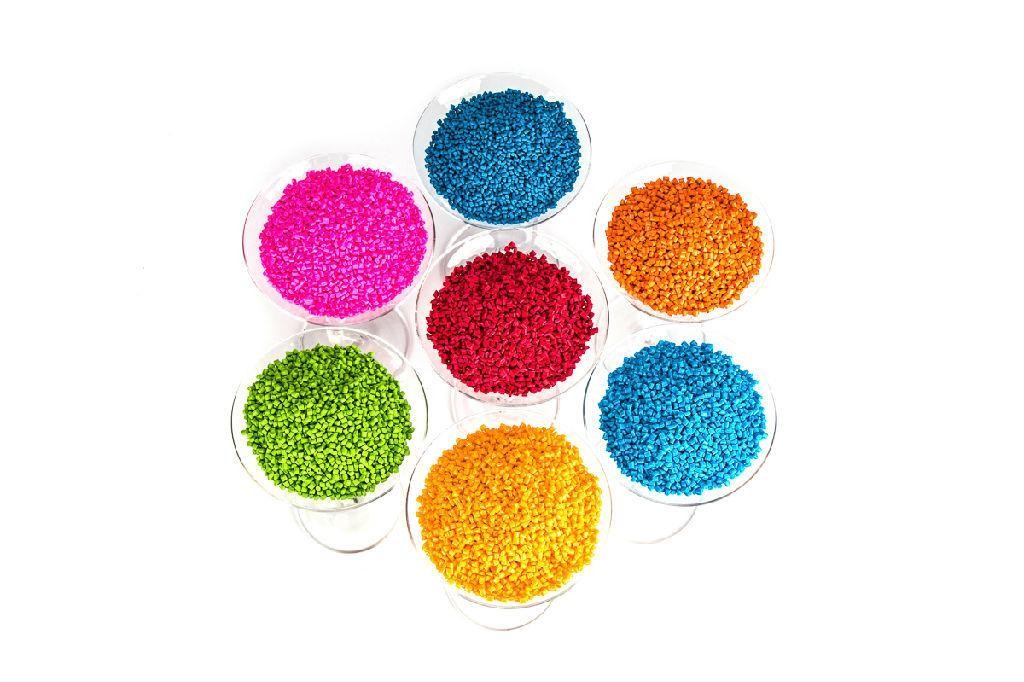 OBAs are equally beneficial, providing a polished and vibrant appearance to plastic products.
OBAs are equally beneficial, providing a polished and vibrant appearance to plastic products.
4. How to Select the Right OBA for Your Needs
Choosing the appropriate OBA for your product involves careful consideration of various factors that can impact the final outcome. Below are key guidelines to assist you in selecting the most suitable OBA for your specific requirements:
4.1.Consider the Material Type
Every material possesses distinct properties, so it’s crucial to select an OBA that aligns with the characteristics of your material. For example, OBAs intended for textiles should exhibit resistance to frequent washing and UV exposure, ensuring they maintain their brightening effects over time. Conversely, OBAs used in plastics should focus on enhancing durability while preventing yellowing, contributing to the longevity of the product's appearance.
Understanding the compatibility of the OBA with the base material can prevent potential issues during production and ensure the desired performance characteristics are achieved. Conducting tests on sample batches can provide valuable insights into the effectiveness of specific OBAs with your chosen materials.
Moreover, considering the processing conditions—such as temperature and pH—during production can influence the performance of OBAs. Manufacturers should assess whether the selected OBA is stable under the specific conditions encountered during production to ensure optimal results.
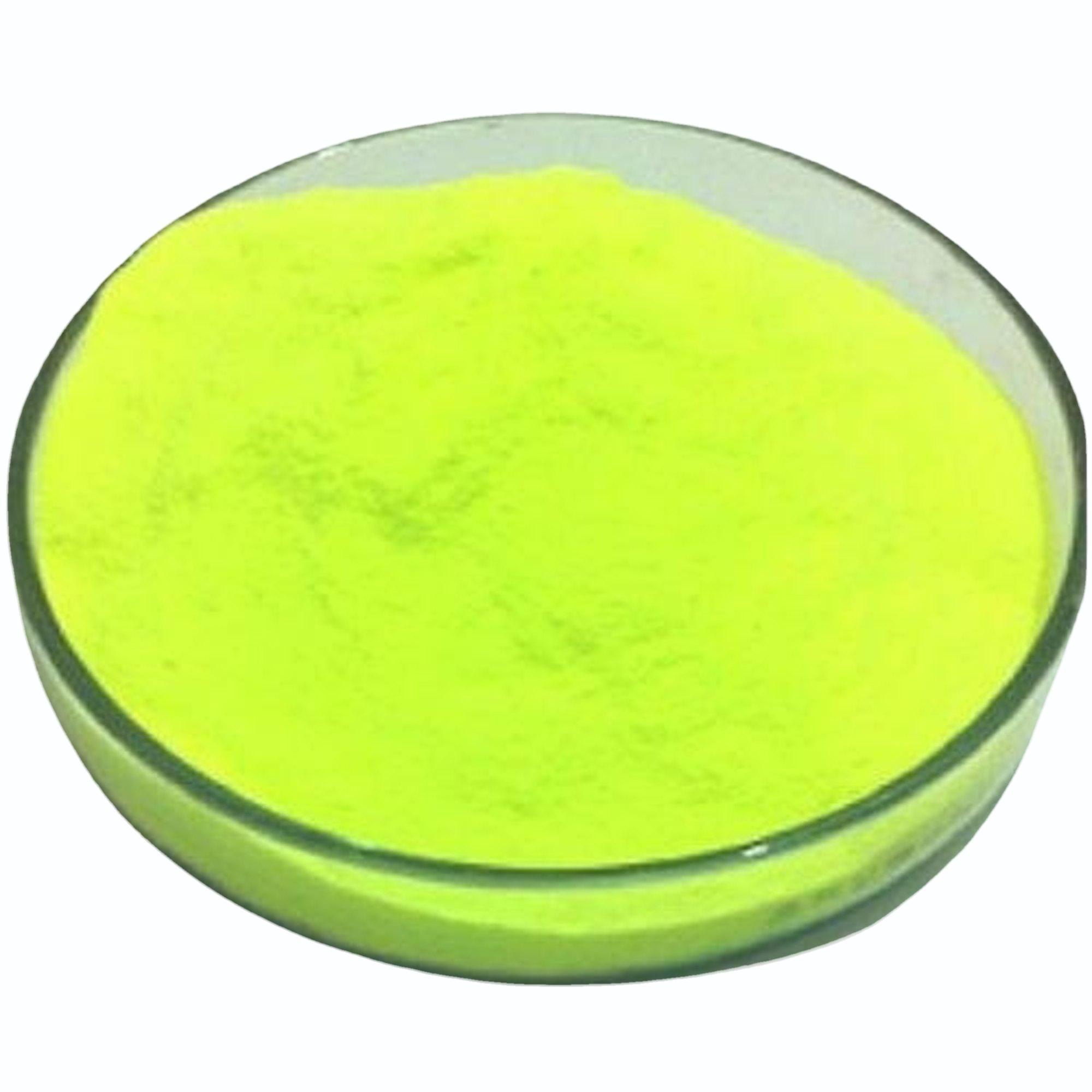 Every material possesses distinct properties, so it’s crucial to select an OBA that aligns with the characteristics of your material.
Every material possesses distinct properties, so it’s crucial to select an OBA that aligns with the characteristics of your material.
4.2. Evaluate Brightness and Whiteness Requirements
Different applications may necessitate varying levels of brightness and whiteness. Depending on the final use of the product, manufacturers should evaluate how much brightness enhancement is needed. For instance, textiles intended for high-end fashion may require a higher brightness level than standard home textiles. Similarly, printing papers may necessitate specific whiteness levels to achieve vibrant colors.
By understanding the brightness requirements, manufacturers can select an OBA that meets or exceeds the necessary specifications, ensuring that the final product delivers the desired visual appeal.
4.3.Assess Regulatory Compliance
With increasing regulatory scrutiny on chemical additives, it is essential to ensure that the selected OBA complies with relevant industry regulations and standards. This compliance is particularly critical in industries such as food packaging, cosmetics, and textiles, where consumer safety is paramount.
Manufacturers should verify that the OBA they choose meets local and international safety regulations, including any restrictions on harmful substances. Additionally, considering the environmental impact of OBAs is becoming increasingly important as consumers demand more sustainable products. Selecting eco-friendly OBAs can help manufacturers demonstrate their commitment to sustainability while appealing to environmentally conscious consumers.
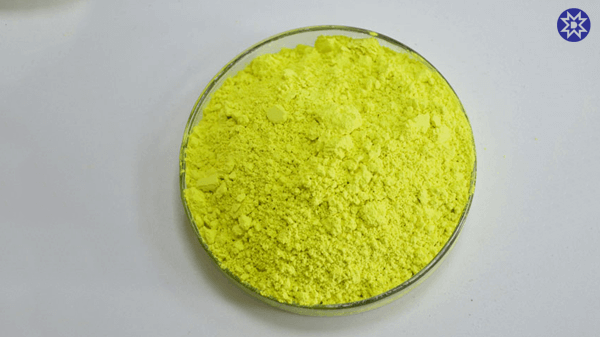 With increasing regulatory scrutiny on chemical additives, it is essential to ensure that the selected OBA complies with relevant industry regulations and standards.
With increasing regulatory scrutiny on chemical additives, it is essential to ensure that the selected OBA complies with relevant industry regulations and standards.
4.4.Conduct Performance Testing
Before finalizing your OBA selection, it is advisable to conduct thorough performance testing on your product samples. This testing will allow you to assess the brightness enhancement, compatibility with materials, and any potential side effects that may arise during the manufacturing process.
Evaluating the performance of OBAs in real-world conditions will provide insights into how well they meet your specific needs. Manufacturers should consider conducting accelerated aging tests to simulate long-term product use and ensure that the OBA maintains its effectiveness over time.
5. Conclusion
Optical brightening agents are indispensable additives that significantly enhance the aesthetics and quality of various materials, from textiles to plastics and paper. By understanding the different types of OBAs and their specific applications, manufacturers can make informed decisions that optimize product quality while meeting consumer demands for brightness and visual appeal.
The careful selection of the right OBA can lead to improved customer satisfaction and brand loyalty, ultimately impacting the success of products in competitive markets. As the demand for environmentally friendly solutions continues to rise, manufacturers must also consider sustainable OBAs that meet both regulatory standards and consumer expectations.
By prioritizing quality and performance, manufacturers can leverage OBAs to enhance their product offerings, providing consumers with visually appealing and high-quality items that stand out in the marketplace.
6. About EuroPlas
At EuroPlas, we provide advanced plastic additives designed to enhance the performance and specific features of finished products, meeting the diverse needs of clients across various industries. With extensive experience and in-depth knowledge of the plastics sector, our additive solutions are developed to ensure not only improved product quality but also compliance with stringent safety and environmental standards.
EuroPlas proudly offers a comprehensive range of plastic additives, including:
- Odor-removing additives to eliminate unwanted smells, making products more user-friendly.
- Desiccant additives that protect products from humidity, preventing defects and enhancing surface quality.
- Flame-retardant additives to increase fire resistance, ensuring safety for specialized applications.
- Anti-fog additives to keep product surfaces clear and clean.
- Anti-aging additives that extend product lifespan in challenging environmental conditions.
- Processing aid additives to reduce friction, improving production efficiency and smoothness.
- Anti-static additives to minimize surface static, ideal for electronics and specific applications.
- UV-resistant additives to shield products from UV rays, preserving color and durability.
- Clarifying and brightening additives for achieving high transparency and gloss, enhancing product aesthetics.
We work closely with our clients to select the most suitable additives and concentration levels, ensuring each final product meets optimal quality standards. Contact EuroPlas today to explore our plastic additive solutions, boosting performance and elevating your products to new heights.